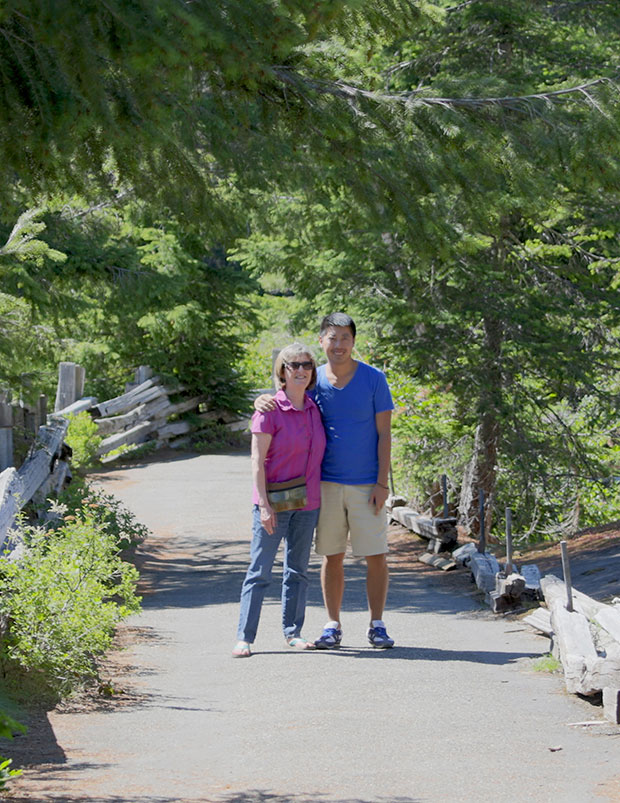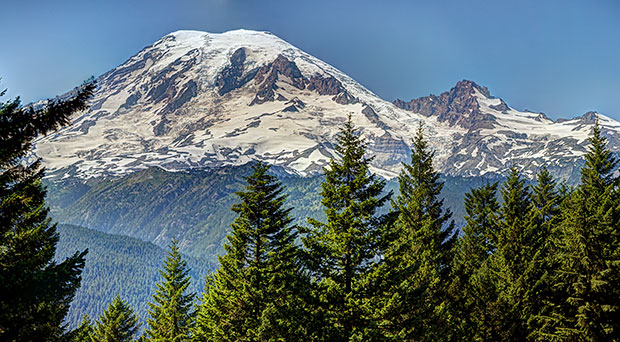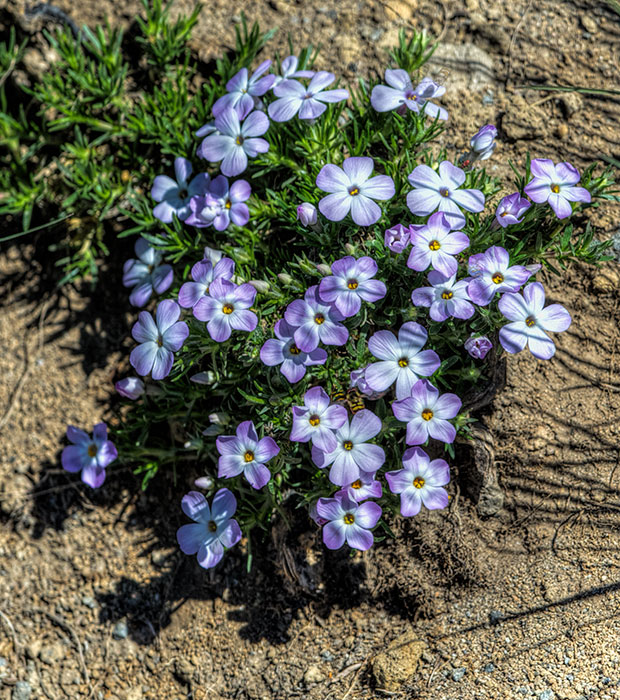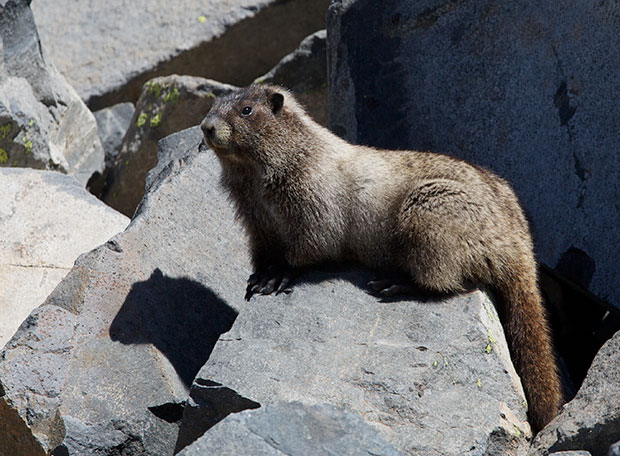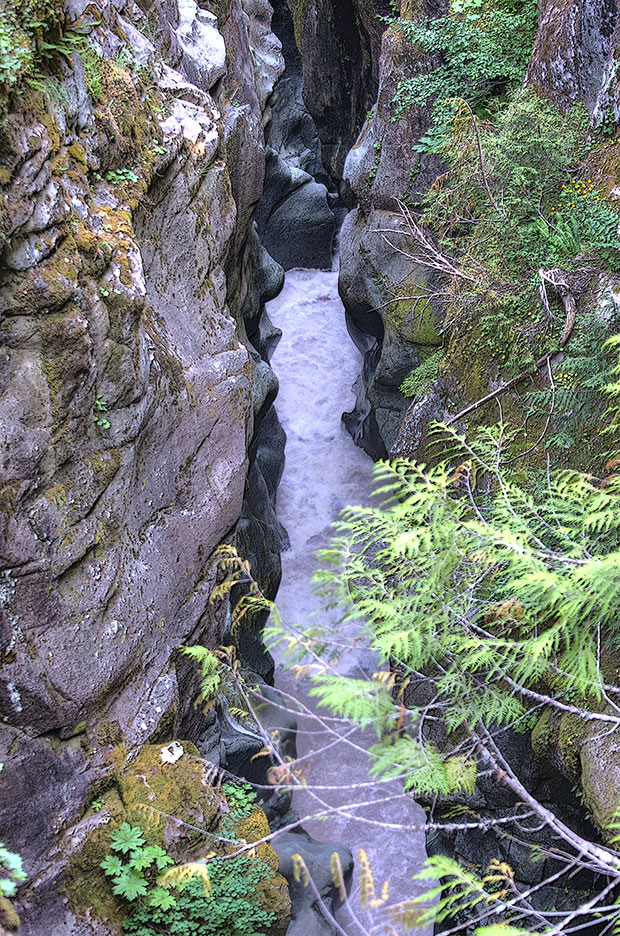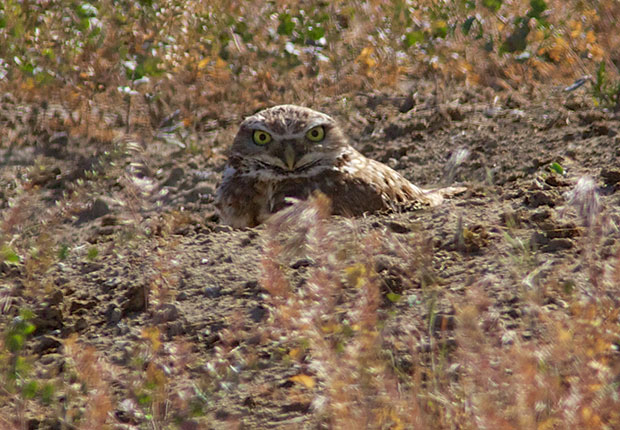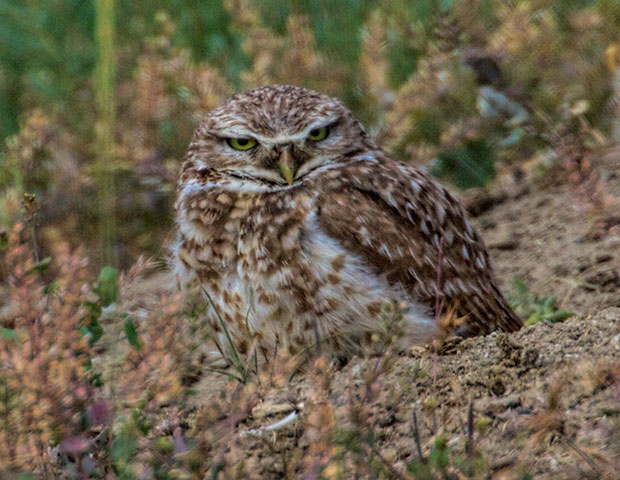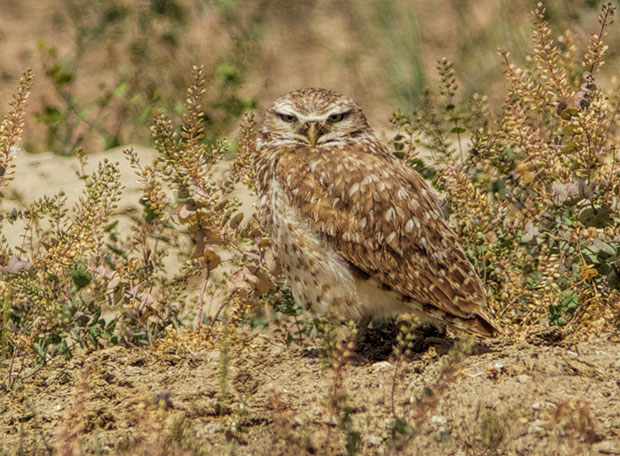I’m sure there as many reasons for dieting as there are dieters. I diet because walking, particularly hiking, is the joy of my life, my favorite way to enjoy Nature, and I don’t want to carry any extra weight up the trail with me. That’s particularly true as I get older.
If you really want other reasons to diet, you should read Julian Whitaker’s The Mini-Fast Diet where he makes clear the many possible health hazards of being overweight. While these reasons may have provided added motivation for me to lose weight, I still want to lose weight mainly because it makes it easier for me to keep birding and to keep hiking where I love to hike. If I’m going to carry an extra 20 pounds, I’d prefer it be an extra 20 pounds of camera equipment, not 20 pounds of fat.
Whitaker offers a number of scientific reasons why he considers the mini-fast diet the most effective way to lose fat. I found them personally convincing, but the reality is that this kind of diet fits me better than any other diet I’ve read. I’ve never particularly liked breakfast and skipped it, or limited myself to a glass of juice, a piece of toast, and a cup or two of coffee all the way through college and beyond. It was only as I approached middle age and started to gain weight that others convinced me that it was healthier to eat breakfast and taper off the rest of the day. In reality, I probably just added the extra calories of breakfast to the rest of the day because I wasn’t going to sacrifice my favorite meal of the day, dinner, so that I could enjoy a bowl of Cheerios with fruit in the morning.
I also like the simplicity of Whitaker’s Mini-Fast Diet, as shown here:
Morning Exercise
6: 00 a.m. Wake up.
6: 15 a.m. Drink a cup of coffee, tea, or water.
6: 30 a.m. Wog (walk/ jog) for 45 minutes. If desired, take Ketosis Essentials.
7: 15 a.m. Shower, dress, go to work.
10: 00 a.m. Have coffee, tea, or other calorie-free beverage but no food. If desired, take another dose of Ketosis Essentials.
12: 00 p.m. Eat lunch. If desired, take Metabolic Essentials.
3: 30 p.m. Have a snack and/ or beverage of your choice.
7: 30 p.m. Eat dinner. If desired, take another dose of Metabolic Essentials.
10: 30 p.m. Go to bed.
This works particularly well for me because it already mirrors my schedule. I’ve worked out every morning for quite a while now. I doubt, however, that I would have been able to follow it when I was teaching. I would have had to get up at 4:30 in the morning to follow that schedule and that would never have happened in a million years. All I have to do now is skip my breakfast before working out. Oh, yeah, and give up the doughnuts I used to feel that I’d earned by working out for an hour and a half.
Of course, part of what I’m doing is eliminating the calories that I would normally have gotten from eating breakfast. (Not to mention the after-the-gym snack.) So, I ought to lose weight if I’m following a reasonable diet otherwise; i.e. if I don’t stuff myself as soon as the mini-fast is over. I’ve gone back to tracking my diet and exercise on Lose It! so I can see how many calories I’m under what they say I need to maintain to lose two pounds a week (which never happened before when I used the program.)
Here’s Whitaker’s rationale for the min-fast with exercise stated as succinctly as possible:
The mini-fast with exercise takes advantage of the natural fast you undertake every night. Let’s say that you finish dinner at 8: 00 p.m. By the time you get up at 6: 00 or 7: 00 the next morning, you will have fasted for 10 to 11 hours. At that point, your body is beginning to deplete the glycogen that was deposited in your liver and muscles from the carbohydrates you ate at your evening meal. Even if you didn’t exercise but put off breakfast and continued to fast until noon, you would be whittling down your glycogen stores and beginning to rely on fat for energy. But when you exercise in the morning— while still in this fasting state— you rev up your engine. You blow through your remaining glycogen and go straight into burning fat. And until you eat, you will remain in that fat-burning state. As you can see, omitting breakfast and exercising does much more than reducing a meal’s worth of calories or exercising alone.
and here’s is list of the reasons why he thinks it is effective:
WHY THE MINI-FAST WITH EXERCISE WORKS
Cuts daily caloric intake by skipping a meal
Reduces the need for calorie counting and making difficult food decisions throughout the day
Switches you into the fat-burning mode and keeps you there for hours
Curbs appetite by triggering ketosis and eliminating blood sugar swings Allows you to eat what you want— within reason— for the rest of the day
Improves underlying risk factors such as insulin resistance, inflammation, and oxidative stress, and “turns on” antiaging genes
I’ve only been on the diet for three days but so far I’m finding it relatively easy to follow, certainly easier than any other diet I’ve tried.
I suspect, however, that it will end up being a weekday kind of diet because Leslie and I have several favorite breakfast spots that neither of us wants to give up. Of course, if Mike emailed and wanted to meet over breakfast mid-week, I’d instantly drop the diet for the day. I’m not going to be shoehorned into a diet that doesn’t fit my needs.
I’ll let you know if I lose two inches off my belly or if I drop to my goal of 170 pounds in the future. Heck, I might even mention it if I manage to drop consistently below 180 pounds, something I haven’t been able to do for over twenty years now. I’m not planning on ever dropping to my high school weight of 155 ever again, though.

